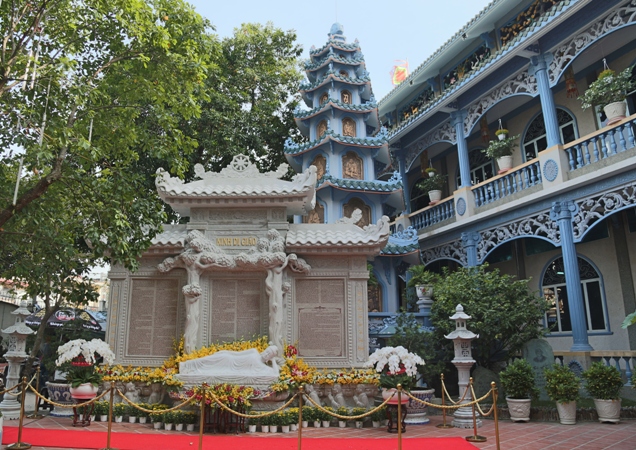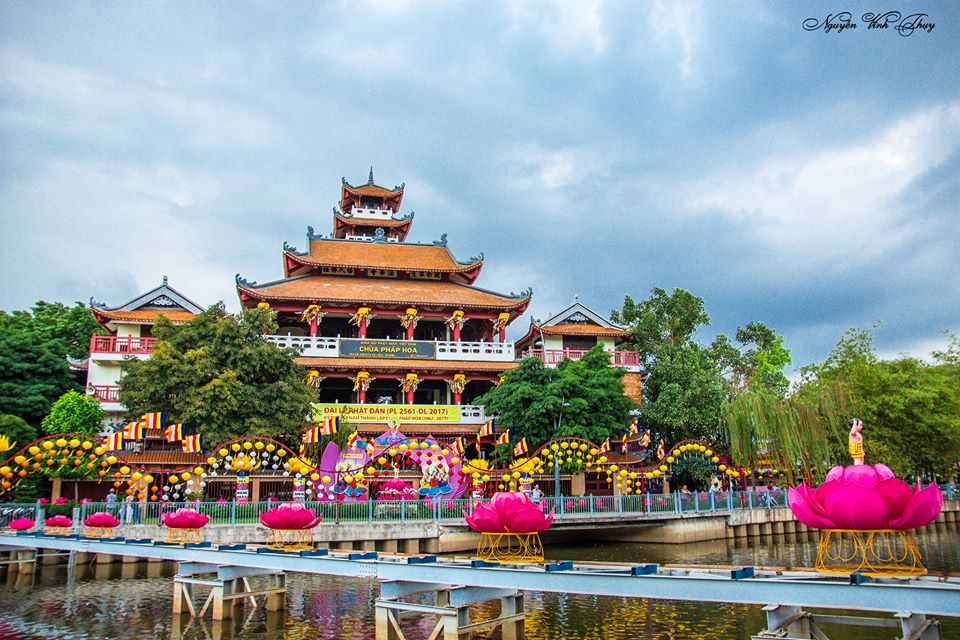
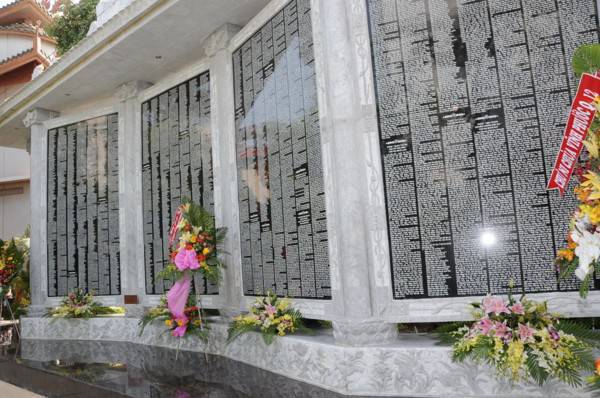
Today it consists of a main hall, a dining hall, a Da Bao tower, and a medical room. The head of the pagoda, who has a deep interest in ceramics, has for long been collecting them. Now there are 10,000 pottery artifacts, which have got the pagoda recognition from the Vietnam Records Book Center.
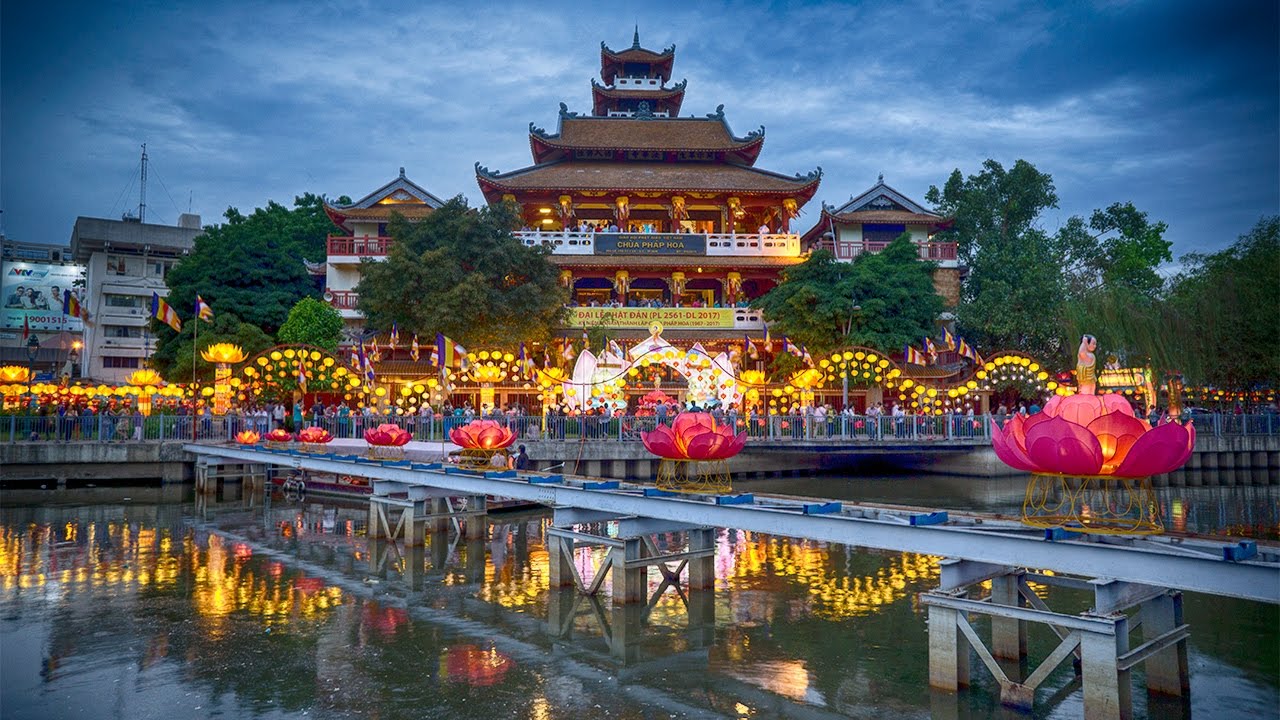
Ceramics in various colors, patterns and sizes are preserved in the pagoda’s storeroom. Most of these ceramics are from renowned pottery centers like Bat Trang, Bien Hoa, Binh Duong, and Chu Dau, while some came from China and Japan. The pottery items are used in various places around the pagoda as decoration near Buddha idols.
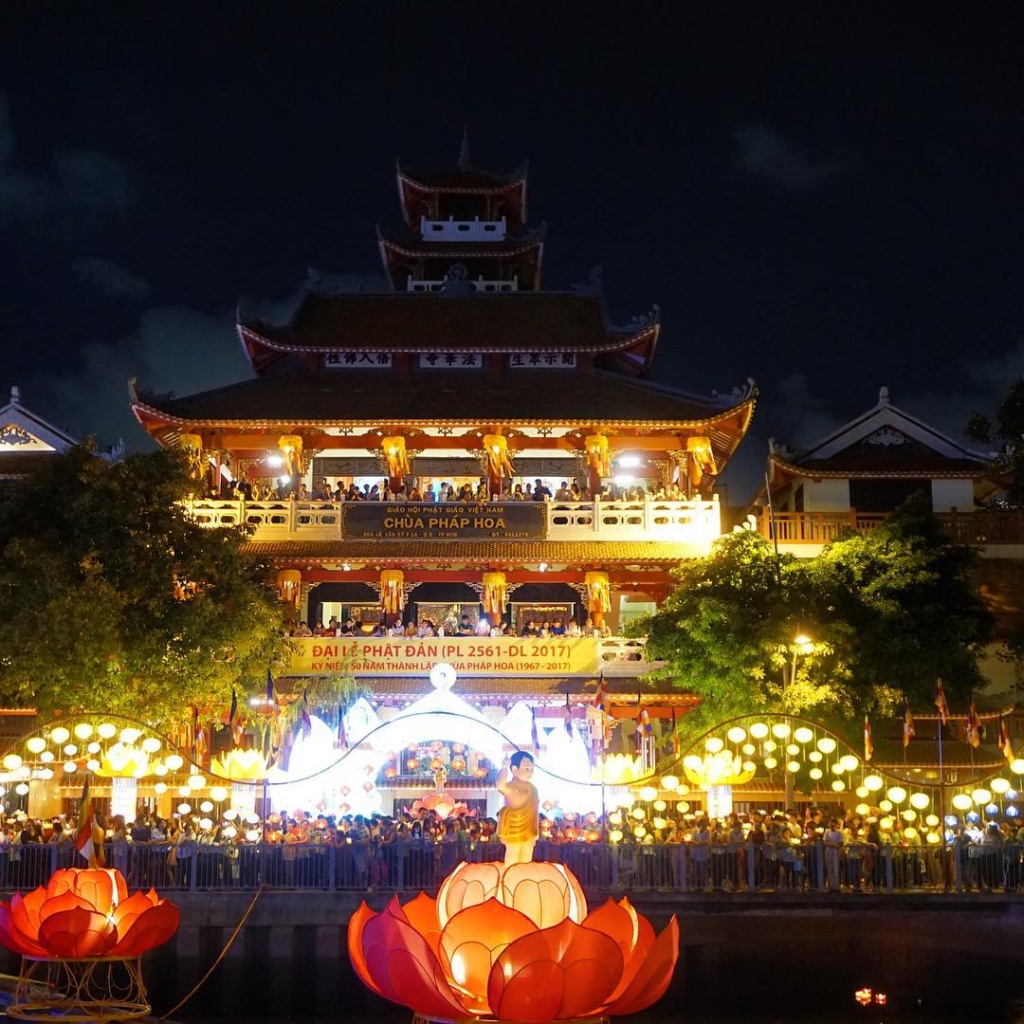
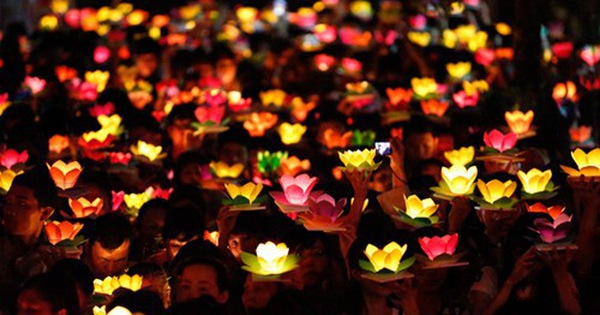
The ceramic items are used around the pagoda as decoration. There are over 50 pieces of various sizes in the main hall, while the room has 500. The artworks are also displayed in other places like the lecture hall and memorial room, or nha to (a shrine for monks who pass away). Four grand vases are placed in the most sacred place in the main hall. More than two meters tall, they originated from the Jiangxi province of China. The pots and cups from Vietnamese pottery villages are carefully preserved in glass closets.
According to VietKings (Kyluc.vn)


